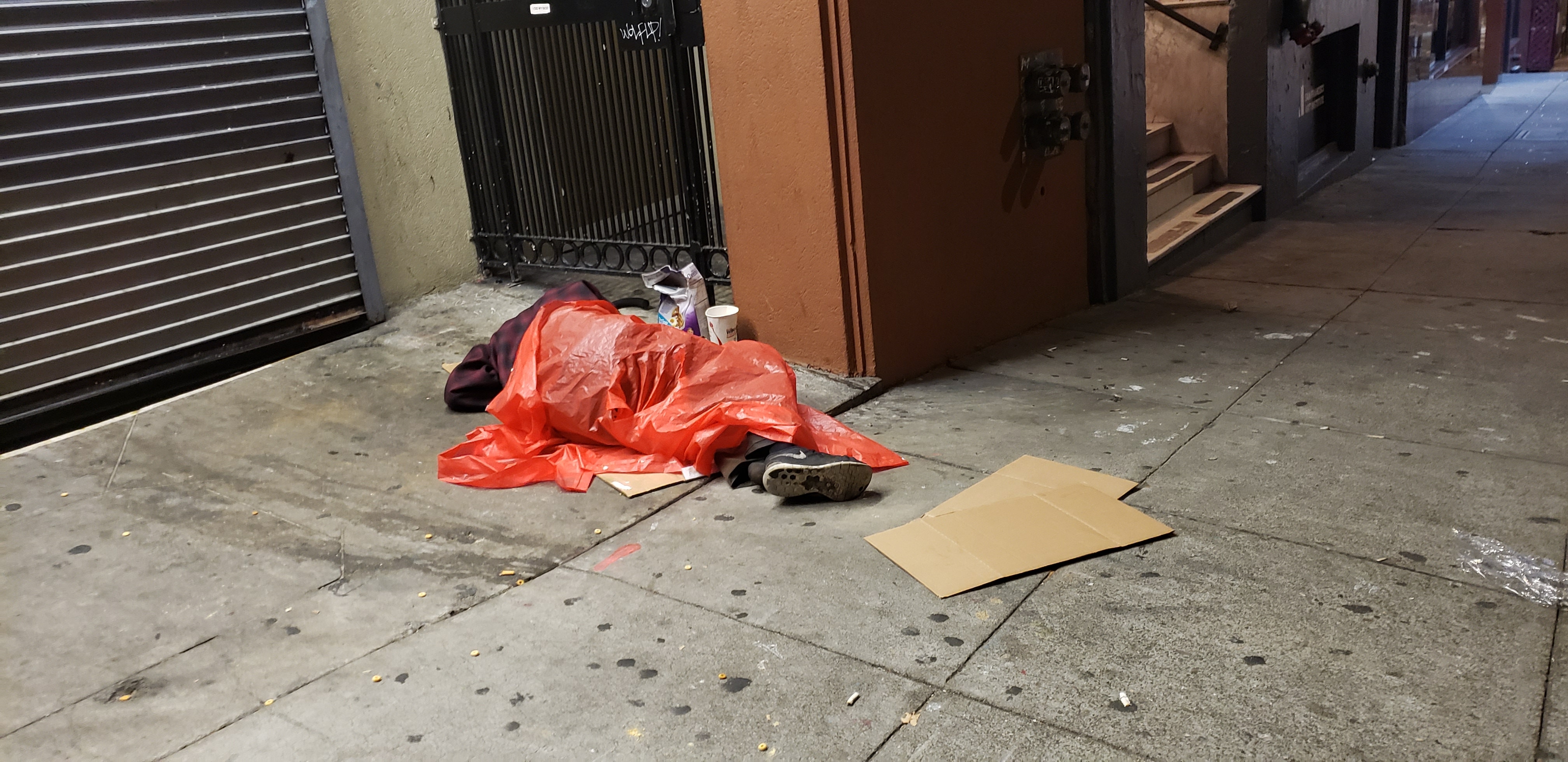
By David M. Greenwald
Executive Editor
The Enterprise published an op-ed on Friday entitled, “Stop enabling substance abuse.” The author, Christopher Calton, claims to be a “research fellow” in housing and homelessness with the Independent Institute in Oakland.
He echoes San Francisco Mayor London Breed’s call for “making sobriety a requirement for receiving public assistance.”
The proposal has drawn criticism, with Supervisor Dean Preston condemning it.
But Calton likes the idea, arguing, “Given the severity of the fentanyl crisis, even a progressive city like San Francisco might benefit from looking a bit more like Texas. According to the San Francisco Chronicle’s overdose database, the overdose mortality rate in Texas is nearly half the national average. Moreover, the rate in the worst county in Texas — Hill County — is less than half that of San Francisco.”
He acknowledges, “It is unlikely that drug testing of welfare recipients will bring California’s overdose rates down to Texas levels, but it will almost certainly help.”
He calls benefit payments “a subsidy, and subsidies are designed to encourage consumption.”
This is the latest in a string of punitive approaches to addressing the problem of fentanyl overdoses. But do any of them work?
Given that Calton is a research fellow and focuses on housing and homelessness, one might think that would be a good place to start.
The first question would be to ask—what is the correlation between people who overdose and those who receive public assistance? There is a nearly explicit argument here that public assistance is allowing fentanyl users to consume food, freeing them up to use drugs.
But there is no empirical evidence cited to back this contention.
The other key variable that he fails to examine—homelessness. That’s a bit surprising given that he is supposedly studying housing and homelessness.
A report from mid-December found that a record number of people in San Francisco died from fentanyl overdoses in 2023.
ABC-7 reported a few weeks ago that “a vigil was held in San Francisco for the unhoused individuals who lost their lives on the streets in 2023.” The report noted, “While not all died of drug overdoses, new statistics show that nearly one-third of all drug overdose deaths in San Francisco this year involve those living on the streets with no home address.”
“Drugs in general are an escape for people, so anything we can do to minimize what’s happening here will make the number of people we’re remembering tonight shorter,” said Michael Pappas of the San Francisco Interfaith Council.
Texas, as we know, has done a far better job of addressing its homeless than California. Last year, CalMatters found that, while homeless populations in Texas shrunk by nearly a third over the last decade, California’s grew by 43 percent.
In California, 439 people are homeless for every 100,000 residents compared to 81 in Texas. A lot of that, CalMatters found, had to do with housing.
They reported, “One advantage Texas has over California when it comes to addressing homelessness is the Lone Star State’s ability to build. Last year, 265,793 homes were permitted in Texas, compared to just 119,667 in California, according to the U.S. Department of Housing and Urban Development. That’s less than half as many as Texas, even though California has about 9 million more residents.”
It’s not just that Texas has a much smaller population of homeless people, but that they have a far far far smaller percentage of “unsheltered” homeless—where unsheltered means that people were living in tents, cars or other makeshift shelters, as opposed to indoor shelters or temporary set-ups.
In California 68 percent of the homeless are unsheltered.
Two weeks ago, the Guardian reported, “Experts and advocates say the lack of available affordable housing is the primary cause of homelessness in the state, exacerbated by the expiration of pandemic programs that had expanded shelter and protected tenants from eviction.”
The latest stats show, “At 68%, the state has a greater share of its homeless population living outdoors than any other state and accounts for 49% of all people living on the streets in the US.”
Moreover, “In most states, a majority of the homeless population is indoors. New York, for example, has one of the largest overall homeless populations, but only 4.9% were on the streets.”
The bottom line, there is a linkage between homelessness and fentanyl overdoses and California not only leads the country in homelessness but also, by a very wide margin, in unsheltered homelessness.
So how would we expect a punitive approach to public benefits to have any sort of real impact over fentanyl deaths? And who is to say that if you cut off people with substance use disorder from benefits, that that would lead them to stop using fentanyl?
The problem with so many of these punitive approaches is that they fail to be evidence based and it is particularly disappointing that someone who supposedly researches housing and homelessness would then ignore the link between homelessness and drug overdoses.


